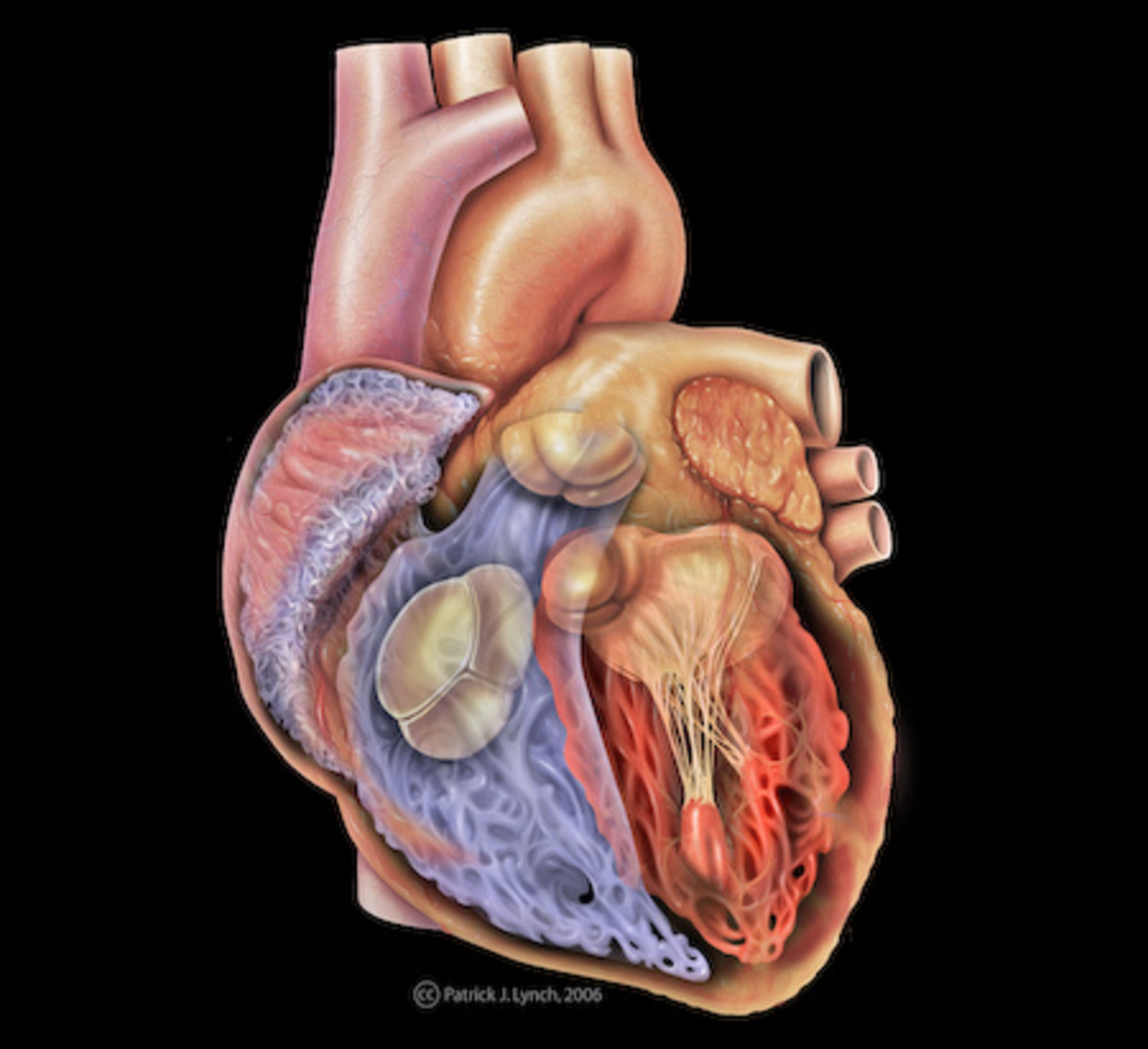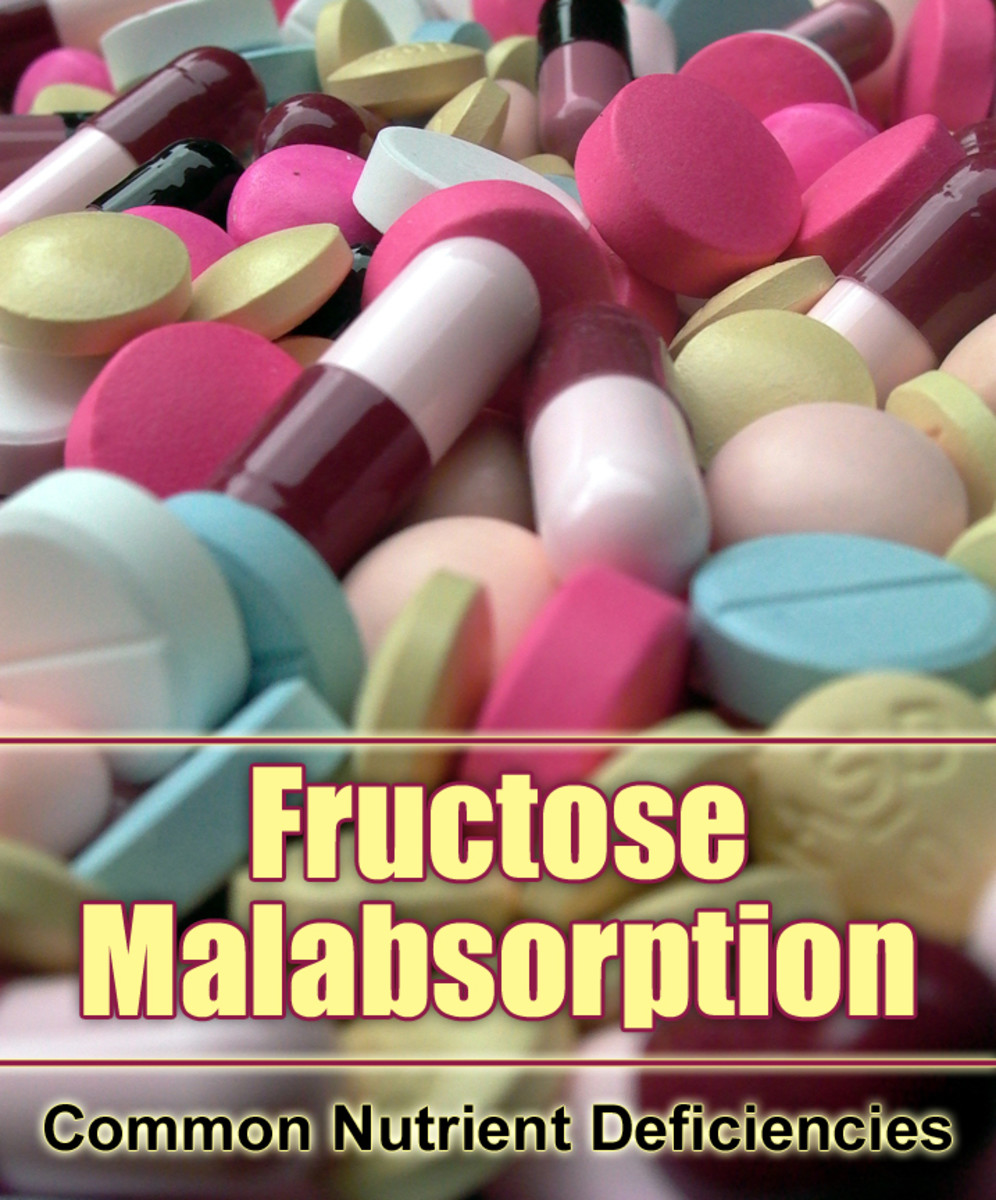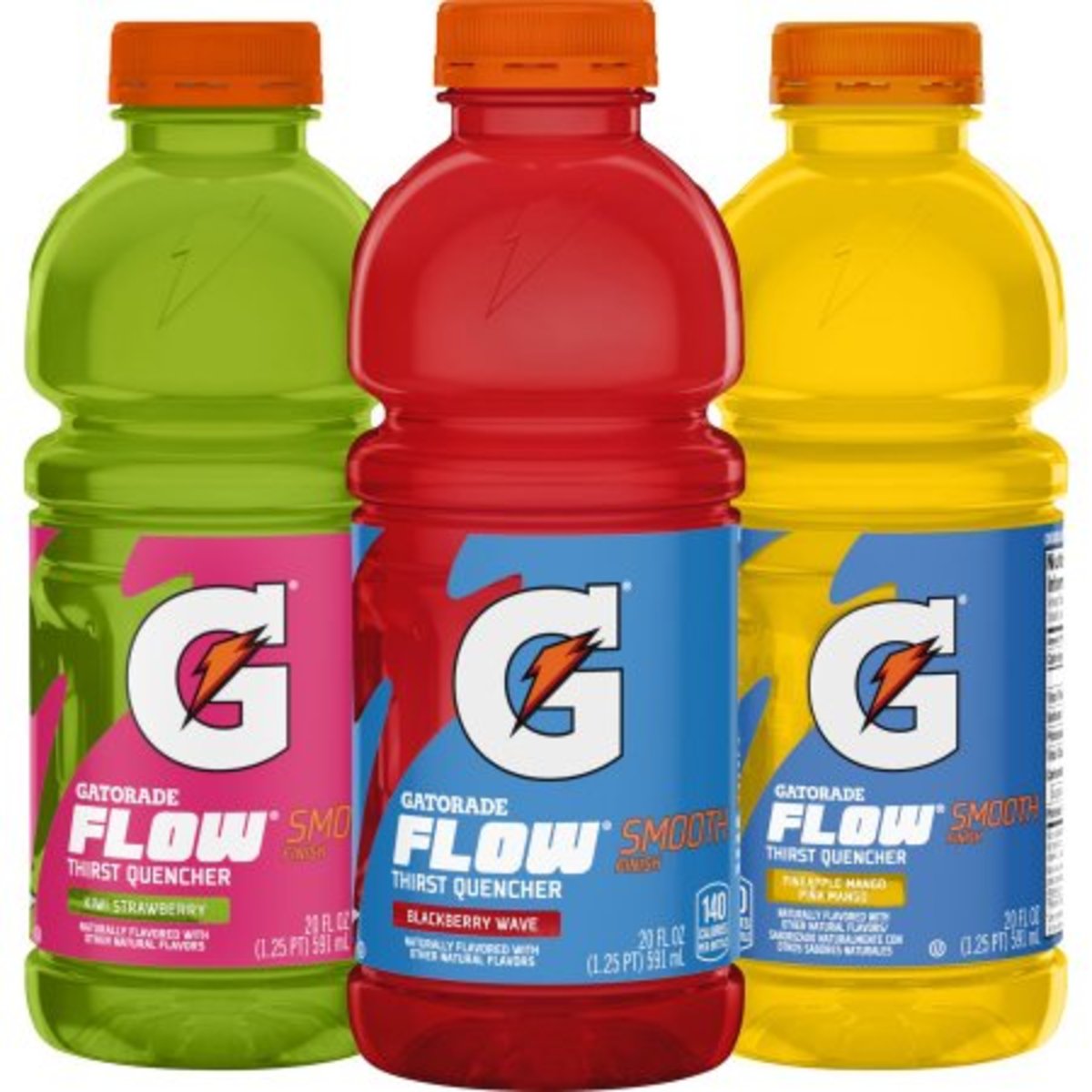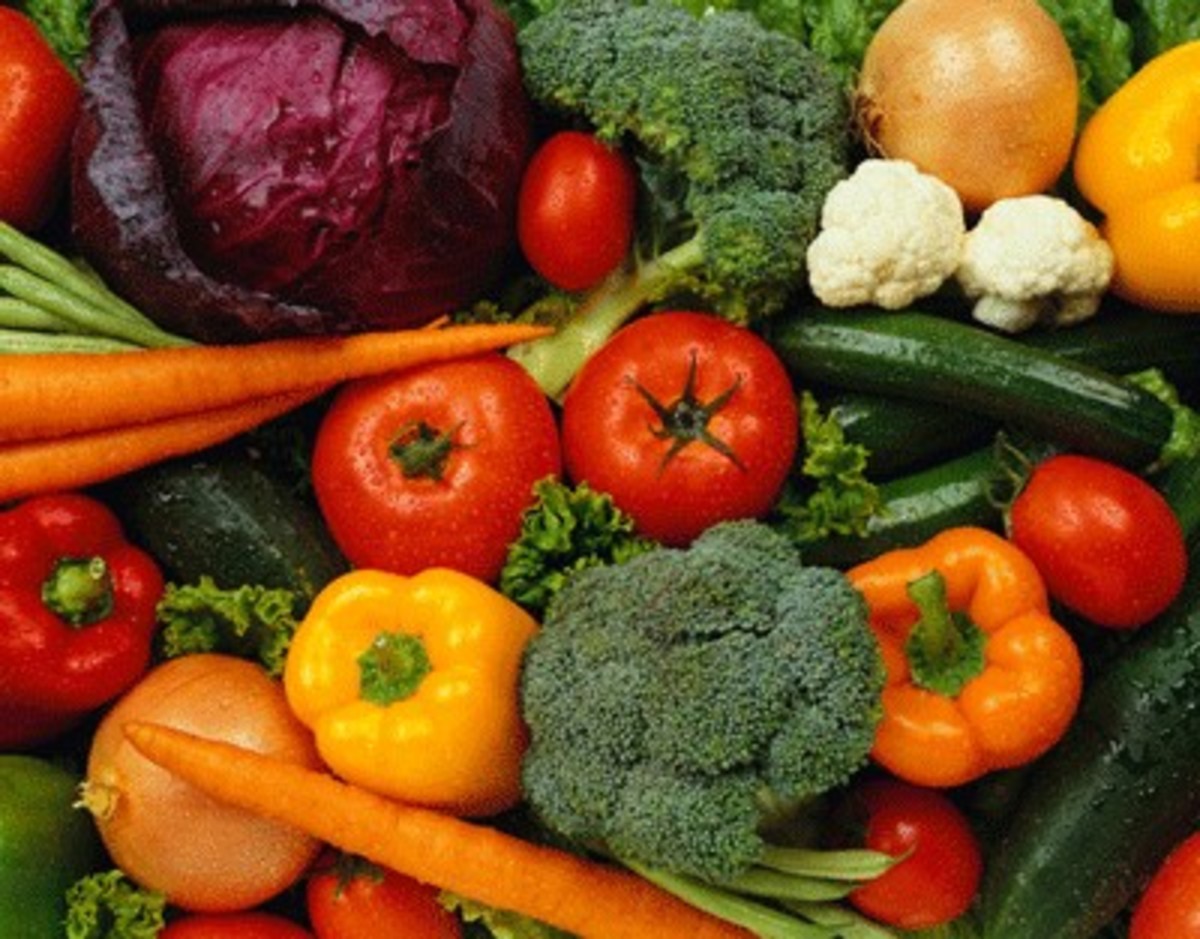Ten Popular Dietary Nutritional Supplements
A dietary supplement is classified by the Dietary Supplement Health and Education Act (DSHEA) as either a pill, capsule, tablet or liquid, that is properly labelled and supplements the food intake of humans. It can contain single or multiple vitamins, minerals, herbal extracts and amino acids, depending on its purpose.
There are several nutritional supplements available in the market today. These supplements are mostly derived from common food sources -- plants and animals. The following are the most popular and valuable dietary nutritional supplements and their characteristics.
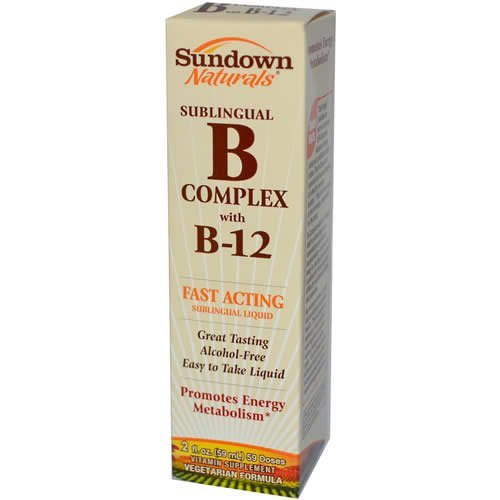
Vitamin B12 is also known as cobalamin since it contains the mineral cobalt. It is needed by the body to manufacture red blood cells, maintain nerve cells and to synthesize DNA. It is one of the top supplements and is found in meat, eggs, milk and other animal products. It cannot be derived from plant sources so vegetarians should look to include Vitamin B12 enriched food or nutritional supplements in their diet. After Vitamin B12 is separated from the food by gastric acid found in the stomach, it is absorbed by the body with the help of the intrinsic factor. When a person cannot produce the intrinsic factor, it leads to to vitamin B-12 deficiency, which is characterized by depression, fatigue and pernicious anemia. The reference daily intake of vitamin B-12 is just 2-3 µg daily.
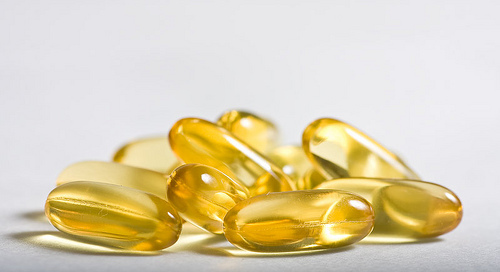
Omega 3 is an unsaturated fatty acid which is a very popular health supplement. There are three omega 3 fatty acids that are important to nutrition. These are: alpha linoleic acid (ALA), eicosapentaenoic acid (EPA) and docosahexaenoic acid (DHA). ALA is mainly found in plant oils, whereas EPA and DHA are found in marine microalgae, which are then consumed by fishes, accumulating it in their bodies. The health benefits of omega 3 have been determined from studies of the Inuit Tribe in Greenland. Omega 3 reduces the incidence of atherosclerosis, heart attack, and hypertension because it lowers the triglyceride level and the blood pressure of those taking it. The US FDA has already given DHA and EPA the qualified health claim that it may reduce the risk of coronary heart disease. Aside from this, omega 3 is seen to be important in brain development and maintenance. The US FDA recommends a consumption of not more than 3 grams per day to prevent cholesterol level increase and hemorrhage because it inhibits blood clotting especially when taken with aspirin.
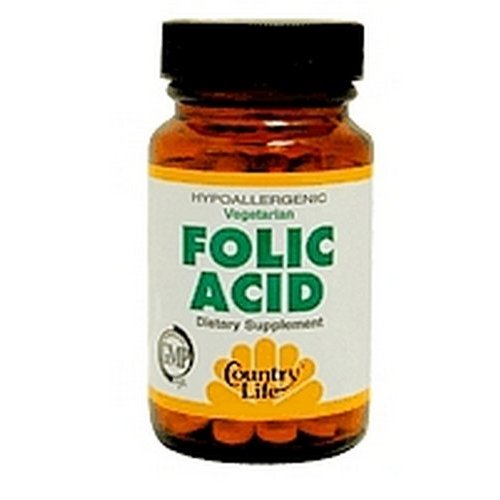
Folic acid is a water soluble vitamin which is part of the B-vitamin family. It is the synthetic form of folate, which is a nutrient that prevent anemia during pregnancy. Though most commonly given to expectant mothers, folate is also important to children and adults because it is needed to manufacture healthy red blood cells. Folate is also needed in the production and maintenance of other body cells, most especially in the synthesis of DNA and RNA. Folic acid is often derived from dark green leafy vegetables, hence the name (in Latin folium means leaf). But folic acid can also be obtained from fruits, dried beans and peas. The reference daily intake (RDI) of folic acid range from 150 µg for children under 3 years old to 400 µg for adults, while for pregnant and lactating mothers it is 600 µg and 500 µg, respectively. An overdose of folic acid from food is unlikely because it is water soluble, so the excess would just be excreted in the urine. However, the Insitute of Medicine has established a tolerable upper intake level for folic acid acquired through fortified food and nutritional supplements because an overdose could trigger a vitamin B12 deficiency symptoms.
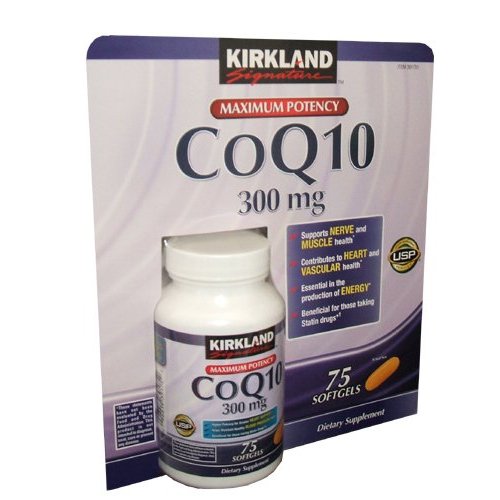
Coenzyme Q10 or CoQ10 is a fat-soluble substance found in most animal and plant cells, hence its alternate name ubiquinone, which is coined from 'ubiquitous,' meaning existing everywhere. It is a primary component in the generation of energy in the cellular level. Humans produce CoQ10 but unfortunately less so with age, and it is particularly low among people who have coronary diseases, Parkinson’s disease, cancer, AIDS and diabetes. Despite such studies, more research has yet to be done on the effect of CoQ10 on these ailments. CoQ10 has a typical dosage of 90 mg but despite this it has no RDI yet, thus it is best to consult a doctor when taken as a health supplement for the illnesses mentioned earlier.
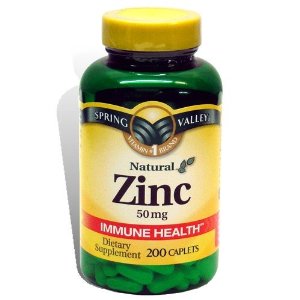
Zinc is a metallic element that is also an immune system-strengthening nutrient. It is needed in the synthesis of DNA and in the healing of wounds. Aside from this, zinc is an essential nutrient for all ages and both sexes. Zinc is found in sea food, meat, poultry, whole grain and beans. A deficiency in zinc can lead to hair loss, slow wound healing, loss of appetite, and slow reaction times. Zinc deficiency among children and adolescents is exhibited in slow growth and delayed sexual maturity. The RDI of zinc ranges from 2 mg to 11 mg, for newborn babies and male adults respectively, while pregnant and lactating mothers would need as much as 13 mg. Zinc intake must be within the RDI because an overdose of zinc can cause nausea, loss of appetite, diarrhea and to some extent copper deficiency. Also, zinc may interfere with other prescribed medicines, so extra care should be practiced when including zinc supplements in one’s diet.
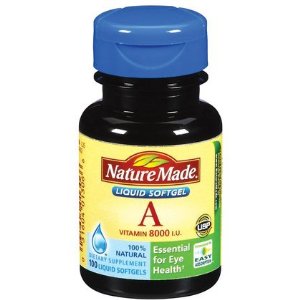
Vitamin A is a fat soluble nutrient known prominently as the vitamin for good eyesight. It is also important in growth of bones, cell reproduction and regulates the immune system. Vitamin A is absorbed by the body in the form of retinol which is found in liver and whole milk. On the other hand, vitamin A found in fruits and vegetables is in the form of provitamin A carotenoid. Regardless of the form of vitamin A, its RDI ranges from 400 µg to 900 µg for newborns and male adults respectively. Night blindness is a manifestation of vitamin A deficiency. Other manifestations are weakened immune system. On the other hand, an overdose in vitamin A will lead to liver abnormalities, reduced bone density, and birth defects in the case of expectant mothers.
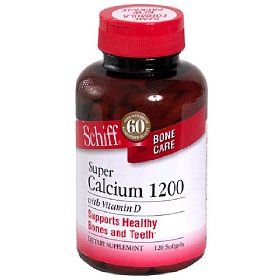
Calcium is a mineral that is almost synonymous with strong bones and teeth. Aside from these, calcium is also needed for muscle movement, nerve impulse transmission, blood circulation, and hormones distribution. Calcium needs vary with age -babies will need only 200 mg while adults would need 1000 mg, but growing children and teens, as well as lactating and pregnant mothers will need as much as 1,300 mg. Also, for adults in their 50s or more, especially women, would need 1,200 mg. Calcium is easily acquired from milk and milk products. It can also be obtained from broccoli, Chinese cabbage and whole grains. A calcium deficiency rarely occurs but the most susceptible are teenage girls, post menopausal women and men who are more than 70 years old. It is manifested as osteopenia which is low bone mass density, making the affected person more susceptible to osteoporosis and bone fractures. On the other hand, calcium overdose is also dangerous. It initially causes constipation but prolonged overdose in calcium may lead to kidney stones.
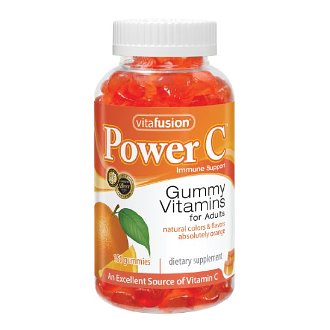
Vitamin C is a well-known and powerful OTC (over-the-counter) anti-oxidant. It combats free-radicals coming from the energy conversion in the human body and from external factors like pollution, cigarette smoke and UV radiation. Known as ascorbic acid, it also helps in the absorption of iron and in the production of collagen necessary for skin regeneration. The amount of vitamin C needed on a daily basis ranges from 40 mg to 90 mg, for babies and adults respectively. Pregnant and lactating women need as much as 120 mg, at the same time smokers should add at least 35 mg more to their RDI. The amount needed is greater compared to the other supplements because it has a lot of uses but the body cannot store it since it is water soluble, not fat soluble. Any excess amount will just go out as urine. But care must be taken with large doses of vitamin C because it can cause indigestion, diarrhea and to some extent haemochromatosis or iron overload. On the flip side, a deficiency in vitamin C, can cause scurvy, an illness characterized by fatigue, joint pain, inflammation of the gums, teeth loss and anemia.
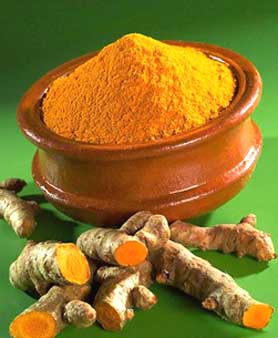
Turmeric (Curcuma longa) is a rhizome native to South Asia, noted for its distinct yellow color, and mild bitter taste. When turmeric is used as a dietary supplement it is usually dried and processed to form capsules to be taken orally. It is recommended as an aid in digestion and as a pain reliever for arthritis. Studies are being undertaken to investigate its effect on cancer and Alzheimer’s disease. The suggested dosage of turmeric powder is 50-100 mg. There is no established upper tolerance level for turmeric yet so it is important not to take large doses because this might lead to an upset stomach, nausea and diarrhea. It is also important to let your physician know that you are consuming turmeric, so that you can be made aware of any potential medical reactions with other medications.
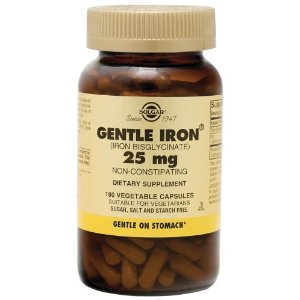
Iron is another metal that is an integral part of human nutrition. It is primarily found in the body as hemoglobin, the oxygen carrier protein in the red blood cells and also as myoglobin, the oxygen carrier in muscle cells. As a dietary supplement it has two forms, heme iron (easily absorbed form) and nonheme iron (vitamin C assisted absorption), the former comes from meat, fish and poultry while the latter comes from lentils, beans, spinach, and other dark green leafy vegetables. The RDI of iron depends on the age - babies would need 11 mg, toddlers would need 7 mg but then increases to 10 mg during school years. In the teenage years, males and females vary in RDI because of the onset of menstruation. This is also true during adulthood, particularly during pregnancy and lactation. An iron deficiency often results in anemia, where observable symptoms include poor cognitive performance, weak immune system, fatigue and difficulty in maintaining body temperature. On the other hand, an excess in iron intake is dangerous because the iron is stored in the organs. An excess would lead to 'haemochromatosis' increasing the risk of the formation of free radicals, which can damage cells, starting in the heart and the liver.
Regardless of the dietary nutritional supplements you are planning to include in your health regimen, it is important to know its RDI and its possible effects when taken with prescribed medications. It should go without saying that you need to consult your doctor about your plans, because knowledge is power, and nothing is more important that your health.
In addition to supplements, diet and regular moderately intense exercise is the surest way to maintain overall health. I hope this hub has been useful for you.






